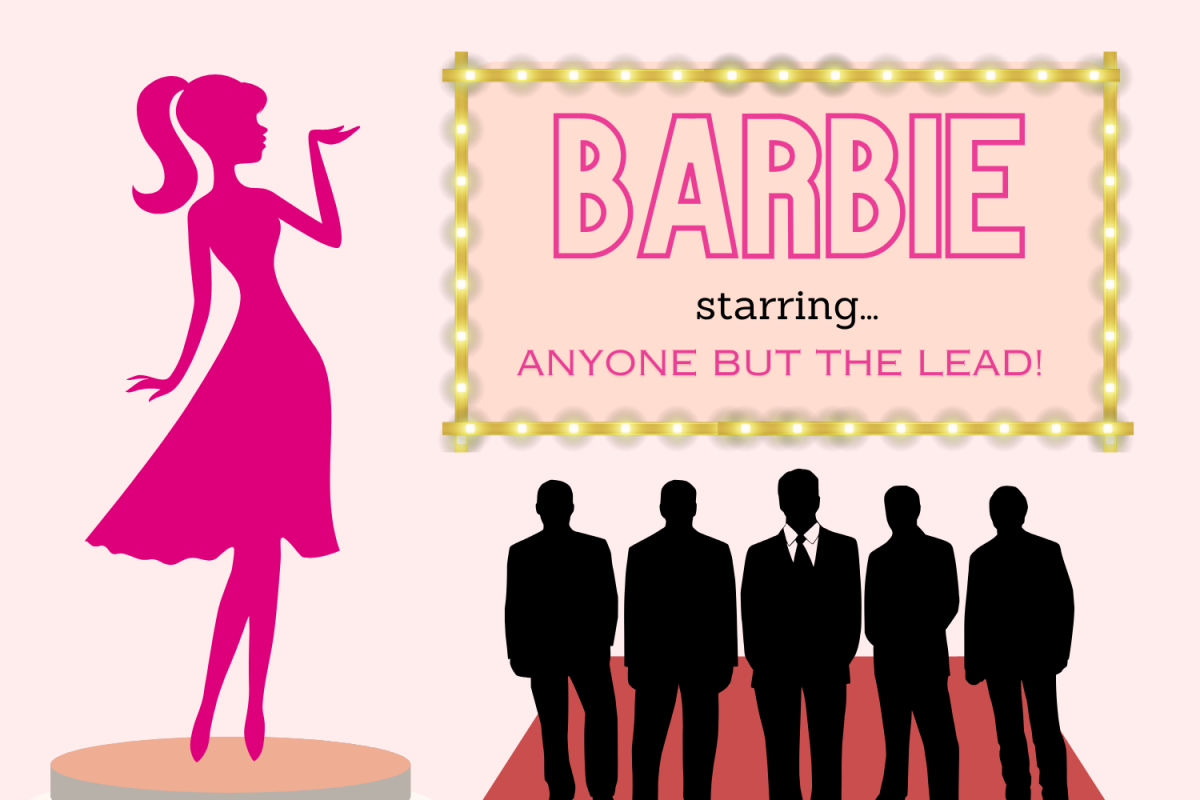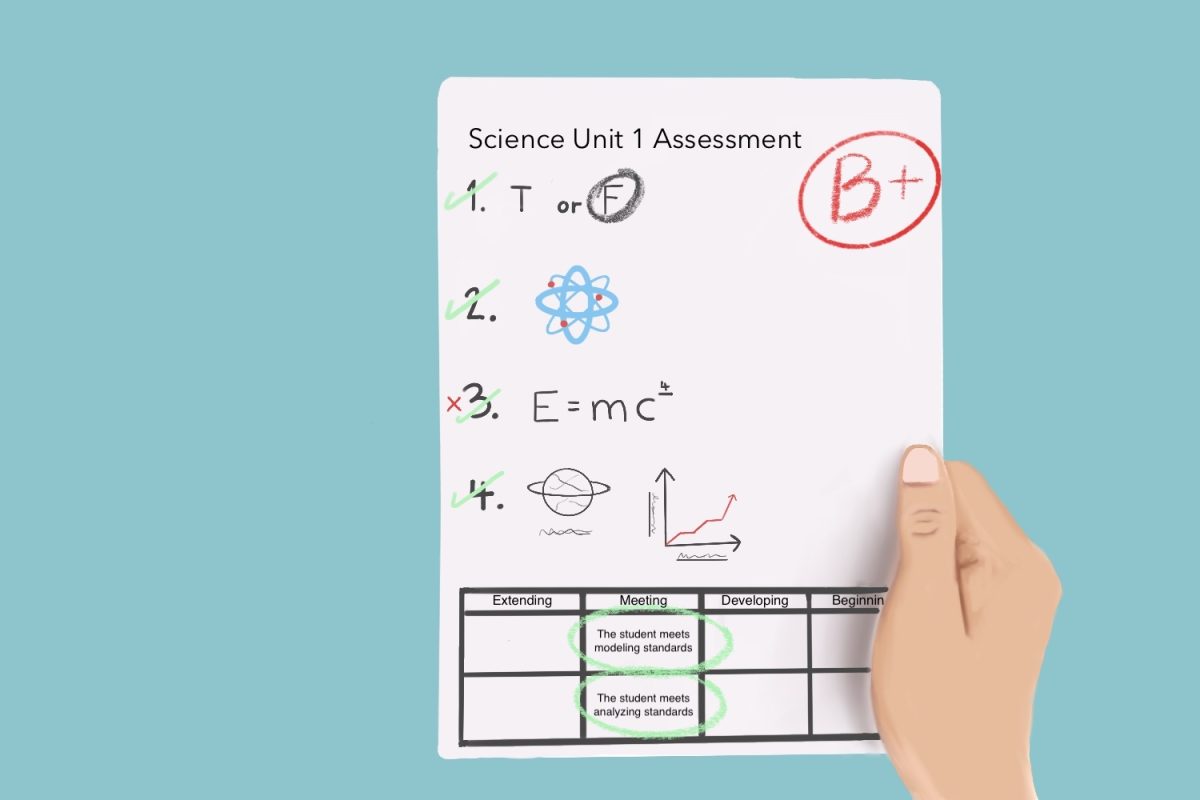SHAHID MAHDI
CULTURE EDITOR
The Harkness method is undoubtedly one of the most effective, enriching and all-encompassing learning tools available at this school. Although the system may take some adjusting to, English classes have been enhanced by the quality of discussion that motifs, a page or even a simple word may package for a class. When synthesized with the undying passion of our English teachers, the ovular table that students sit around provides an environment that has the potential to leave all attendees enlightened.
True, speaking in public, or merely participation in class, is not an easy shift for many students. Although I’m a passionate fan of the art of public speaking, I recall almost shaking with nerves when addressing the entire table in my ninth grade English class. Our class was doing its utmost to dig into the subliminal, pious messages that the array of characters in The Odyssey provided. We had just arrived at the end of the book, and a thought about how the whole tale “comes full circle” flew into my head.
I knew exactly what I was going to say and how I would say it, but I started shaking and my face grew bright red. I had accustomed myself to this class and knew everyone, so why was it so incredibly difficult to just get a thought out? My pulse sped as I waited to dive into the conversation.
Miraculously, besides a barely noticeable trip-up, I got my little inkling of thought out loud and clear, saying, “Maybe the … story came full circle, as we witnessed Athena commencing the journey by talking to Odysseus in the very first scene, and in the last … the final part, we have Athena with her divine intervention and stopping what could’ve been a battle, so maybe it just sort of … speaks to how the gods are always present throughout.”
I see that moment as the starting point of my journey in my favorite class. From that moment onwards, I shrugged off any anxiety and the class that had once been a nervous trial felt like an amazing gift.
Throughout my English classes and electives, my classmates have learned immeasurable amounts about not only the content at hand, but about each other. We’ve found tendencies, discovered traits we have in common and watched each other express our ideas. When one raises his or her voice to speak at a Harkness table, it’s him against what may feel like the world – his train of thought the only form of both defense and advancement.
Due to the students themselves, no learning technique will ever be flawless. There will be those who didn’t read, those who read but didn’t really read, those who read but are just too shy, those who read but, unfortunately, as with any class, have their eyes darting to the clock, those who might have the most meaningful point of the day, but don’t know how to articulate it. We’ll also have the sparring warriors, the valiant leaders, the inquisitive children, the extremely logical, the deadpan, the comedic, the inspiring, the heartening, the comforting, the the-author-included-a-feather-because-it’s-a-feather-not-because-it’s-a-metaphor-for-innocence type and the silent sage. What’s most remarkable is that there’s one of these characters in all of us, and it’s only when we’re sitting communally, looking each other in the eye, that these typecasts really shine.
To insert the Harkness table dynamic into social studies, science, math and language classes is not a huge ask. For decades, rote memorization and regurgitation have been the meat of the school sandwich, and rightly so – it’s a proven way to get students to learn effectively. But it’s not the only path.
These tables of wonder equip students with confidence, public speaking skills, and, most importantly, the ability to convert their thoughts into effective speech. This skill is crucial and isn’t prioritized as much as it should be. A significant chunk of my academic inclination over the past three and a half years – and I’m sure I’m not alone – has been based not off of exhausting multiple choice tests but off of the animated intimacy of a simple discussion, when I was able to let my talking do the talking.
We obviously can’t confine physics, calculus and history courses to a Harkness table 100 percent of the time. But encouraging more Harkness-esque discussions in all classes certainly can’t be doing damage. Perhaps once or twice a cycle, students and teachers can convene for a discussion based on the past week’s topics. Sitting in a militarized, single-file format is only acceptable for testing.
There’s no reason why every last drop of what your peers thought about a historical document, professional scientific theory, or real-world application of a math problem shouldn’t be squeezed out. We’re in a world where thoughts are compressed to 140 characters, and where walls and forums are now more synonymous with internet than they are with architecture. To support, but not permanently enforce, the Harkness method in subjects other than English is a must for us to learn how to articulate, share, appreciate and challenge each other’s thoughts. The value of a group of students’ minds outranks that of any test grade.
shahid_mahdi@asl.org








